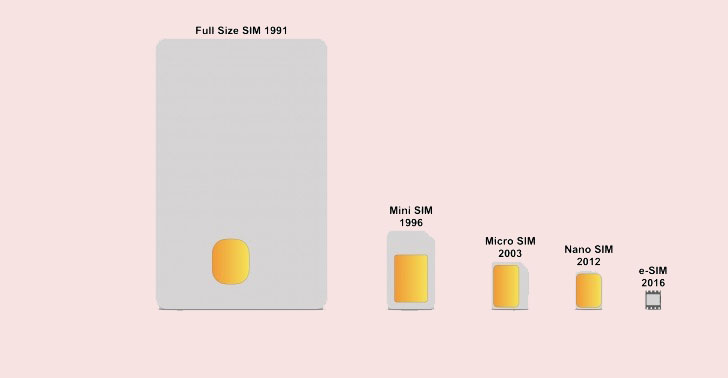
For mobile phones, a subscriber identity module is a detachable smart card. SIM cards hold the data needed to uniquely identify a mobile device. Additionally, it includes the information needed for voice encryption, which almost eliminates the possibility of someone listening in on a call (unless the wireless provider is listening in on you).
In this manner, the SIM card—rather than a specific mobile phone—is linked to the customer ID (and personal number). This makes it possible to switch SIM cards between various GSM smartphones without any issues.
The user’s contacts and SMS messages are also stored on SIM cards. Present-day SIM cards have a 250 name/number pair and 50 SMS text message storage capacity.
Multiple phone numbers for each contact or other more complicated data cannot be stored on the SIM card. This implies that when you transfer your contact information from the phone memory to the SIM memory, the contacts are divided into as many entries as there are phone numbers for each contact, and the remaining information is discarded.
A SIM card is necessary for the operation of most iDEN phones and all GSM phones.
Certain phone models—TDMA, AMPS, and CDMA—do not require a SIM card. Rather, the necessary information is hardcoded into the phone.
There are four common sizes for replaceable SIM cards:
Full dimensions (85.6 x 53.98 x 0.76 mm)
Mini-SIM dimensions: 25 x 15 x 0.76 mm
Micro-SIM Dimensions: 15 x 12 x 0.76 mm
Using nano-SIM (12.3 x 8.8 x 0.67 mm)
There is just one size for the eSIM, or embedded SIM:
eSIM (6 x 5 x <1 mm) Non Removable

The previous figure illustrates how the size of the SIM card has decreased over time.
The full-size, or 1FF (1st Form Factor), which is equivalent to a credit card in size (85.60 mm × 53.98 mm × 0.76 mm), was the first to debut. A mini-SIM, also known as a 2FF (2nd Form Factor), which is 25 mm long and 15 mm broad and has one of its corners sliced to avoid misinsertion, came next. Both have the same thickness. The third form factor, or micro-SIM, which had dimensions of 15 mm by 12 mm, was the next in line.
The 4FF (4th Form Factor), often known as the nano-SIM, was unveiled in 2012 and has dimensions of 12.3 × 8.8 x 0.67 mm. Adapters can be used to make Nano-SIM cards compatible with devices that have Micro-SIM and Mini-SIM slots. With an adaptor, a Micro-SIM card may also be installed in a Mini-SIM slot.
The eSIM/Embedded SIM, or embedded Universal Integrated Circuit Card (eUICC) as it is more properly called, was released in 2016. It functions like a detachable SIM and is soldered onto a device’s motherboard at the moment of production.
There are two numeric passwords associated with a SIM card. One is the Personal Identification Number (PIN) that the user must input each time they start the device (this can be turned off via the phone settings).
When entering the PIN number the user has only three input attempts. If all three are incorrect, the card gets locked and a PUK (Personal Unblocking Key) must be entered in order for the card to work again. Only ten attempts to enter the PUK are permitted before the card is permanently locked and made unusable.
Related terms:


